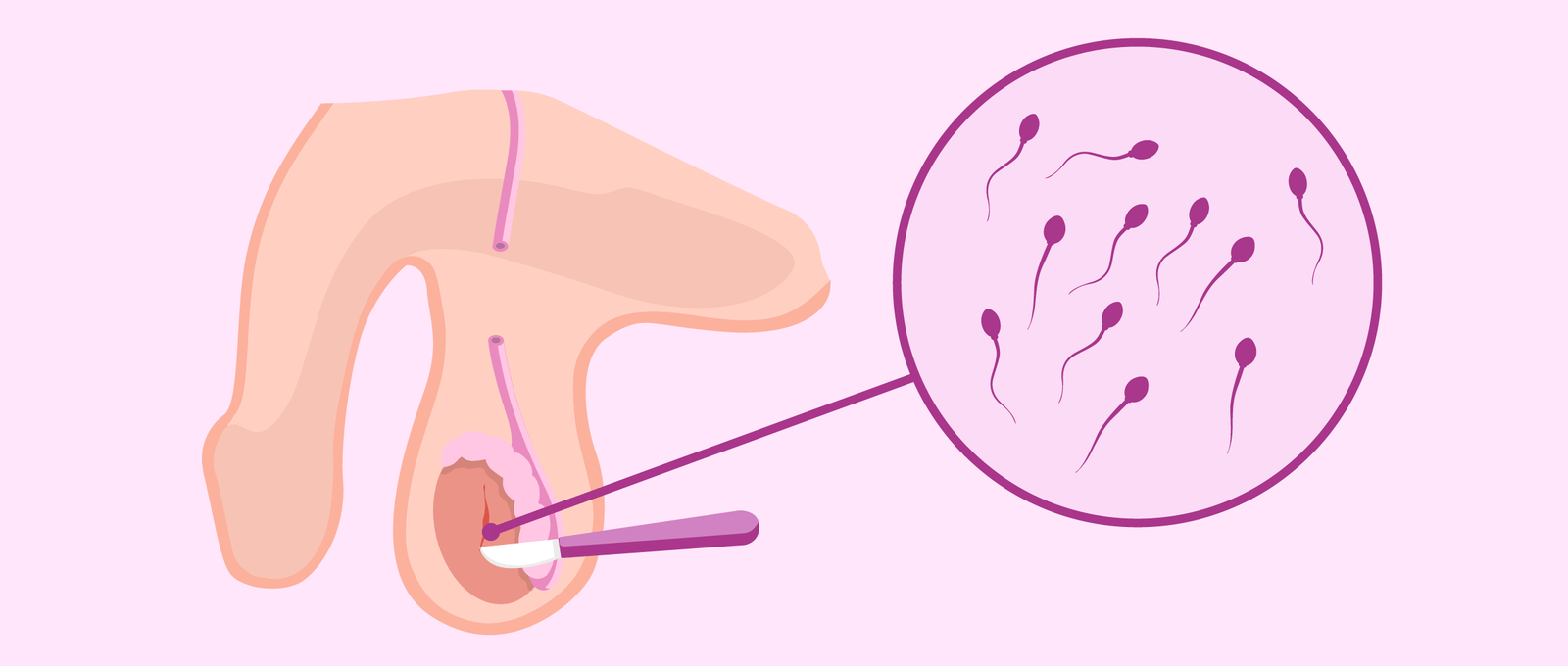Introduction

When a male has low sperm counts, sperm is retrieved surgically by the doctor. These sperm retrieval methods are TESA and PESA. Both these treatments are available in our hospital. We have a high success rate in these sperm retrieval methods.
Let us first learn more about the type of male infertility where these treatments are suitable.
Azoospermia is a condition where there is no sperm in the ejaculated semen. An abnormality or blockage in the epididymis or the vas deferens causes azoospermia. It is obstructive azoospermia. In these cases, the testes produce sperms, but they are obstructed and do not get out.
Sometimes, however, sperm production in the seminiferous tubules does not occur at all or is at a low level that the sperms are not detectable in the ejaculate. This condition is non-obstructive azoospermia.
When a male suffers from these conditions, surgical methods PESA or TESA help sperm extraction and retrieval. The surgical procedure to extract and retrieve the sperm from the epididymis is PESA. When the sperm is dissected out of the tubules from the testis, it is TESA. These procedures help extract the sperm and inseminate the female partner for pregnancy.

What causes azoospermia in males?
The possible causes of lack of sperm in the male ejaculate include:
- Poor sperm production due to testicular problems caused by genetic issues, previous infections such as mumps, and mal-descended testes
- An irreversible obstruction of the genital tract (possibly caused by previous infection, trauma or surgery)
- Congenital absence (absence from birth) of the vas deferens, which is common in carriers of cystic fibrosis
- Previous vasectomy or an unsuccessful vasectomy reversal.
How is PESA and TESA sperm retrieval procedure done?
PESA (Percutaneous Epididymal Sperm Aspiration) involves passing a fine needle through the skin into the epididymis to obtain sperm.
TESA (Testicular Sperm Aspiration) involves passing a fine needle through the skin directly into the testes and retrieving a small number of the seminiferous tubules themselves. The tubules are then dissected in the laboratory to search for the presence of sperm in the content.
Both these surgical procedures are performed in day-care and under local anaesthesia.
How is PESA/TESA Sperm used?
The number of sperm retrieved through PESA or TESA is usually very low compared to the number present in an ejaculate. That's why the doctor combines sperm extraction with ICSI (Intracytoplasmic sperm injection).
Surgically retrieved samples are rarely suitable for Intrauterine insemination (IUI). Simultaneously, the female partner undergoes an IVF cycle, where her eggs are collected (usually the same day the male partner undergoes PESA or TESA). Then the extracted sperm is injected directly into her eggs (a process called ICSI). The fertilised eggs are then cultured for a few days in the laboratory. Then the healthy embryo gets transferred into the uterus of the female partner.
Sometimes enough sperms are retrieved, excess can be frozen for future ICSI cycles.
IVF treatment using PESA or TESA sperm is regularly done in our hospital and has a high success rate.